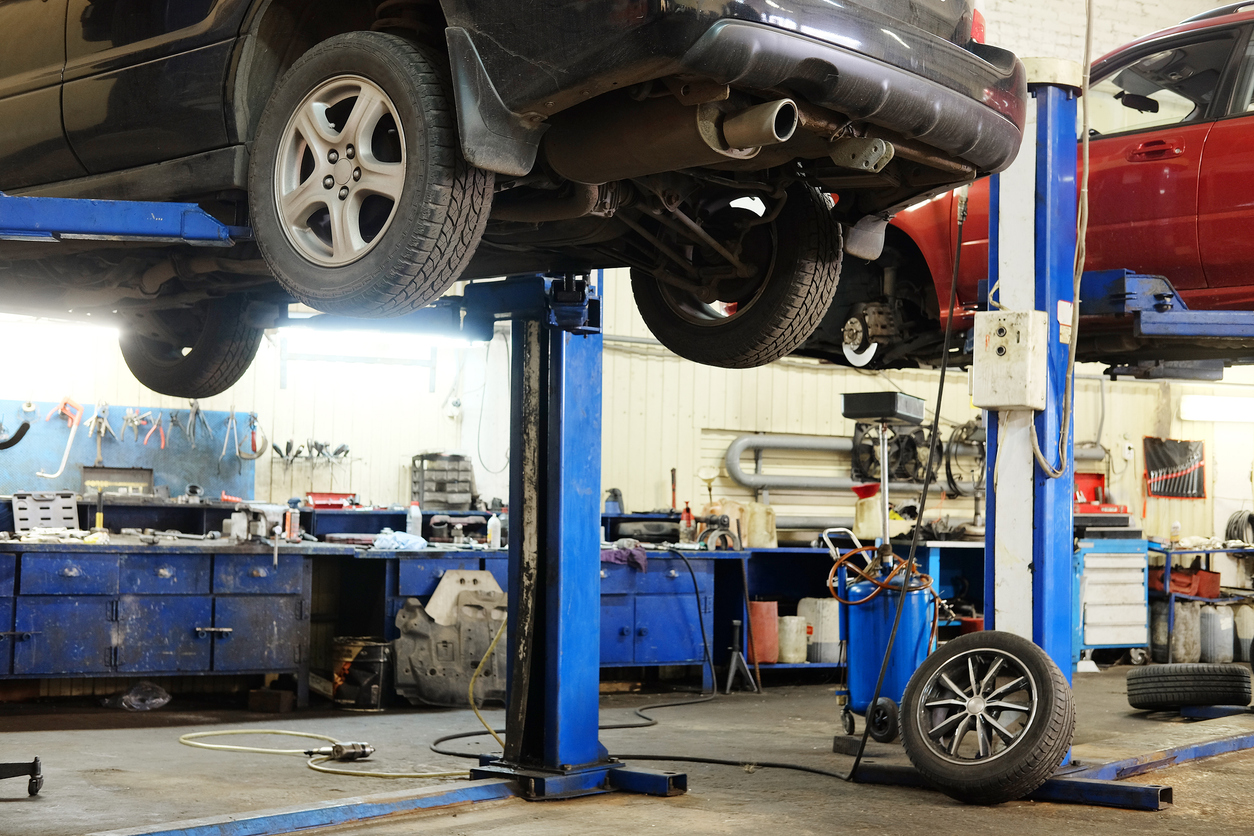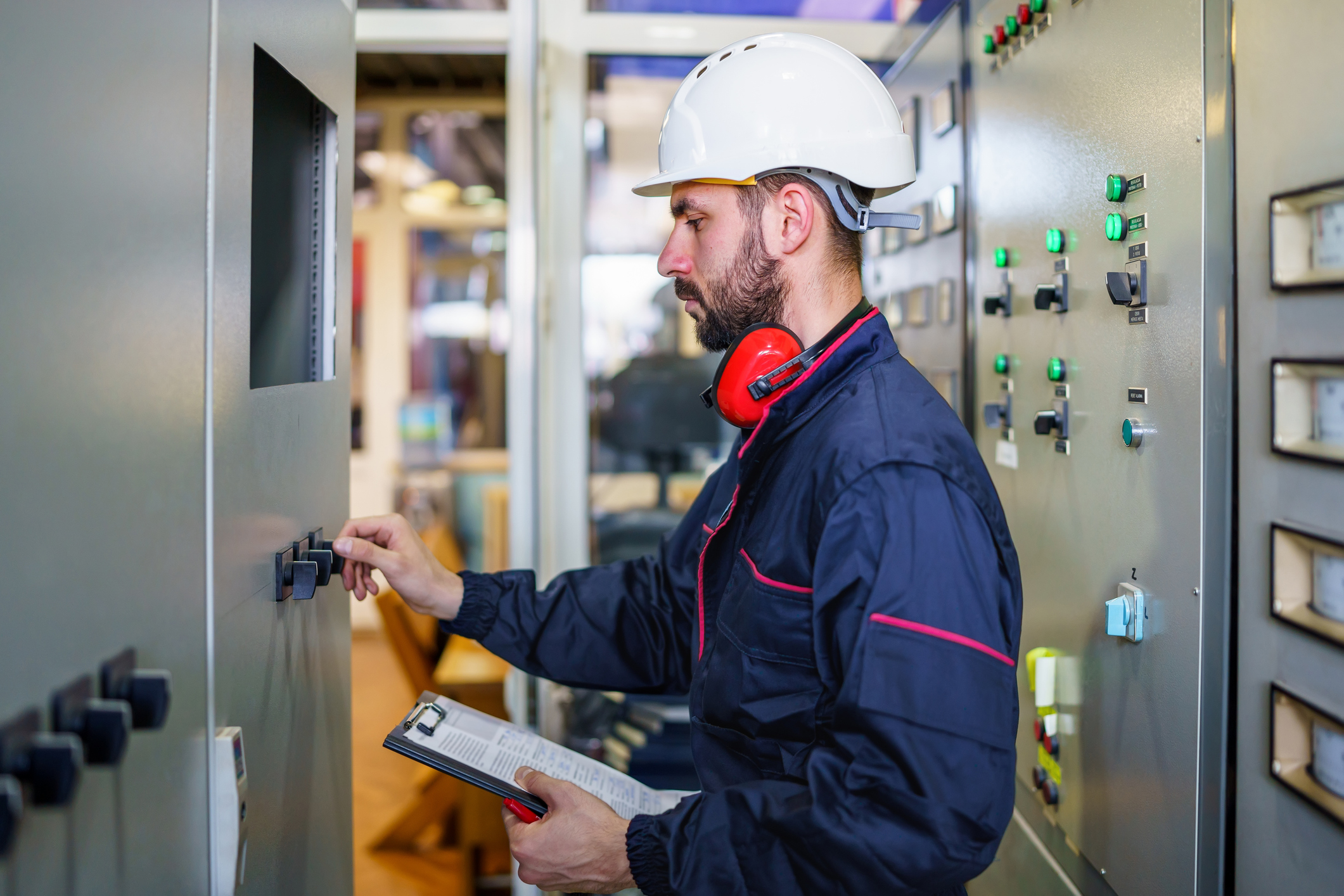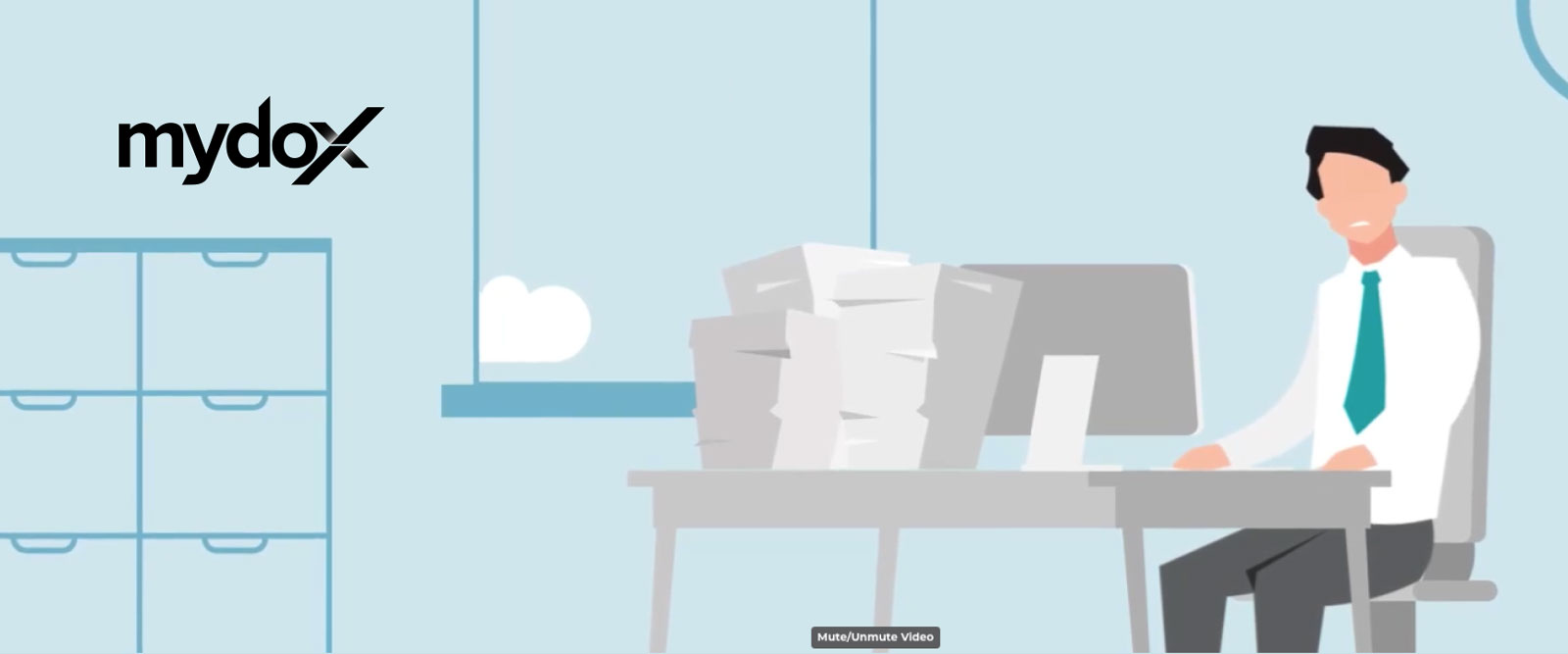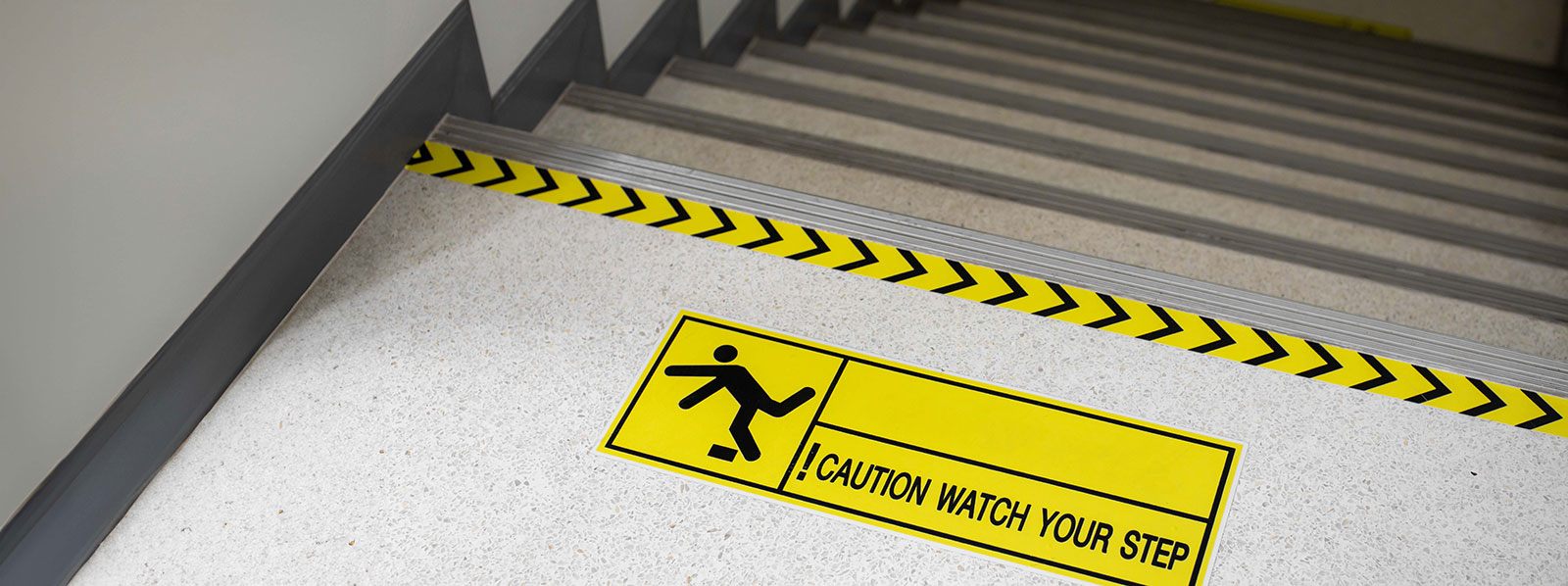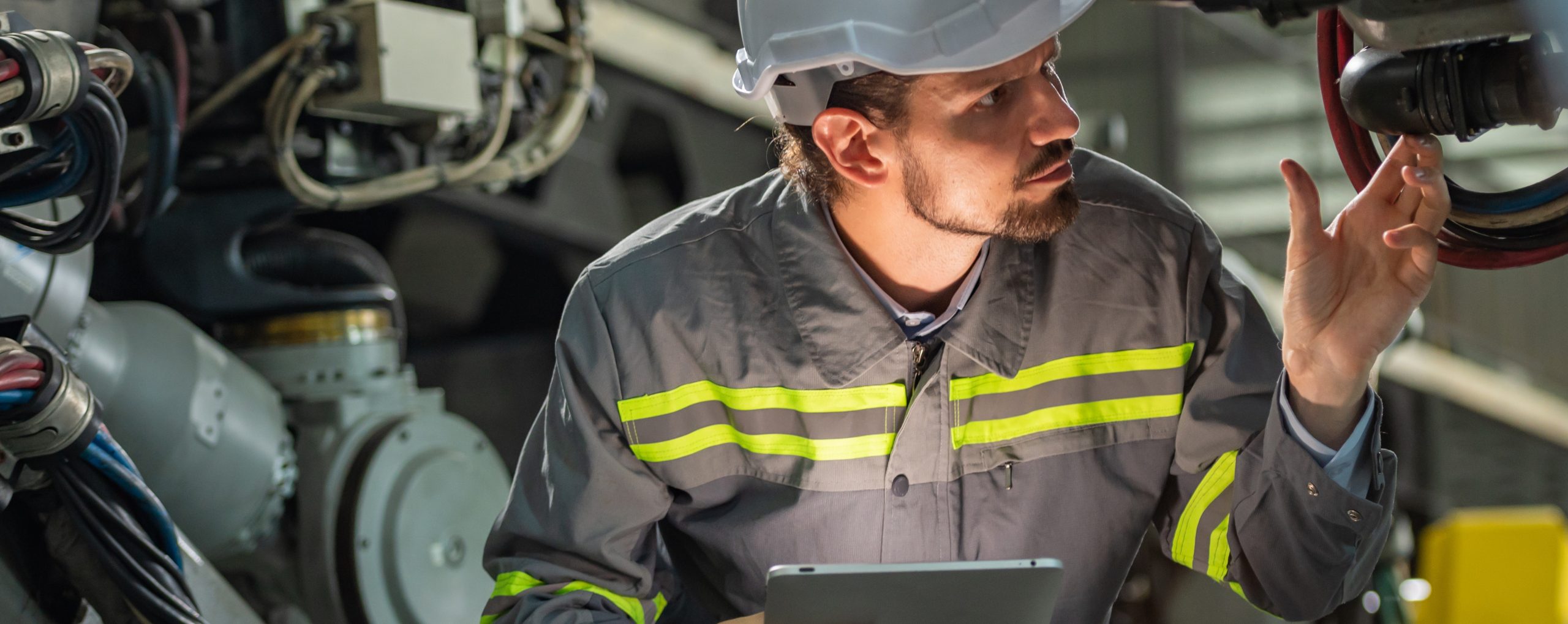
When it comes to managing plant and machinery in the workplace, safety is paramount. One of the most effective ways to reduce the risk of accidents and equipment failures is by performing a thorough plant pre-start check prior to use. Safe Work Australia’s Model Code of Practice: Managing Risks of Plant in the Workplace emphasises the importance of regular checks and maintenance to ensure plant equipment operates safely and efficiently.
Why Are Plant Pre-Start Checks Crucial?
Pre-start checks involve inspecting plant equipment before use to identify any potential hazards or issues that could compromise safety. These checks are essential for ensuring that machinery is in good working order, preventing accidents and minimising downtime.
- Identifying Potential Hazards: A pre-start check allows operators to detect any signs of wear, damage, or malfunction. This could include checking fluid levels, inspecting safety guards, or ensuring there are no loose parts that could cause harm during operation.
- Preventing Equipment Failures: Regular pre-start checks help identify minor issues before they escalate into serious problems. This proactive approach can prevent costly repairs or breakdowns and ensure plant equipment runs efficiently.
- Compliance with Regulations: According to Safe Work Australia’s Model Code of Practice, employers must ensure that plant equipment is properly maintained and safe to use. In Victoria, compliance codes require that specific checks are carried out regularly to meet local safety regulations. Failure to comply with these regulations can result in penalties and increased risk for workers.
- Worker Safety: The most important reason for carrying out plant pre-start checks is to protect the workers who operate the machinery. Regular checks ensure that all safety features are functional, helping to avoid accidents and injuries on-site.
Key Components of a Plant Pre-Start Check
Pre-start checks should be thorough and consistent. Here are some key components to consider:
- Visual Inspection: Check for visible damage, leaks, or anything unusual that might pose a risk during operation.
- Safety Features: Ensure that all safety devices, such as emergency stop buttons, safety guards, and warning lights, are in proper working order.
- Fluid Levels and Pressure: Check oil, fuel, hydraulic fluid, and coolant levels to avoid equipment malfunction.
- Operational Test: Run the plant equipment briefly to ensure it is operating correctly and that all controls are responsive.
Conclusion
Plant pre-start checks are an essential part of a safe and compliant workplace. By performing these checks, employers can ensure that plant equipment is safe to use, minimising the risk of accidents and equipment failure.
Download a free support services document.

It includes available support services and resources for employees, such as counselling services, and peer support networks to access when needed.
Just fill out the form and we will email it to you.



